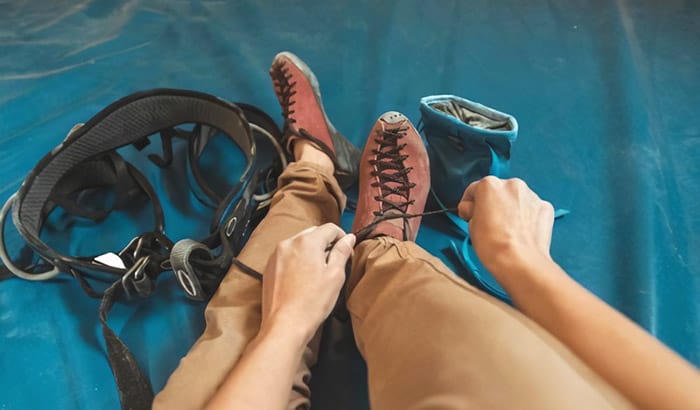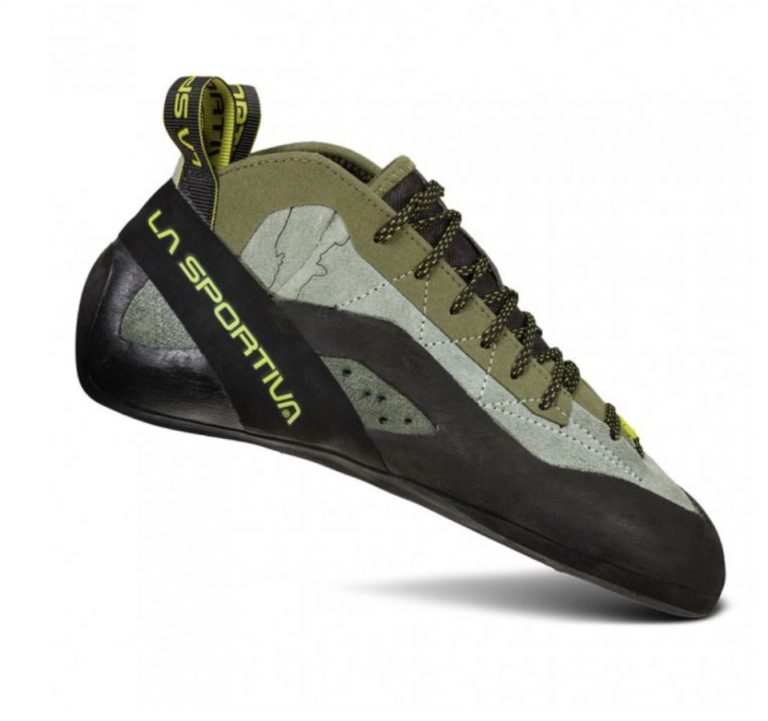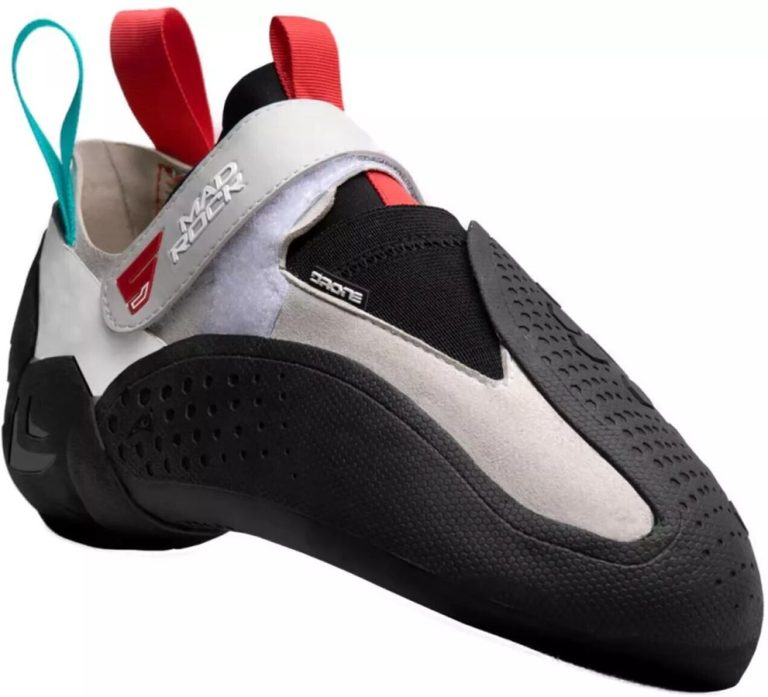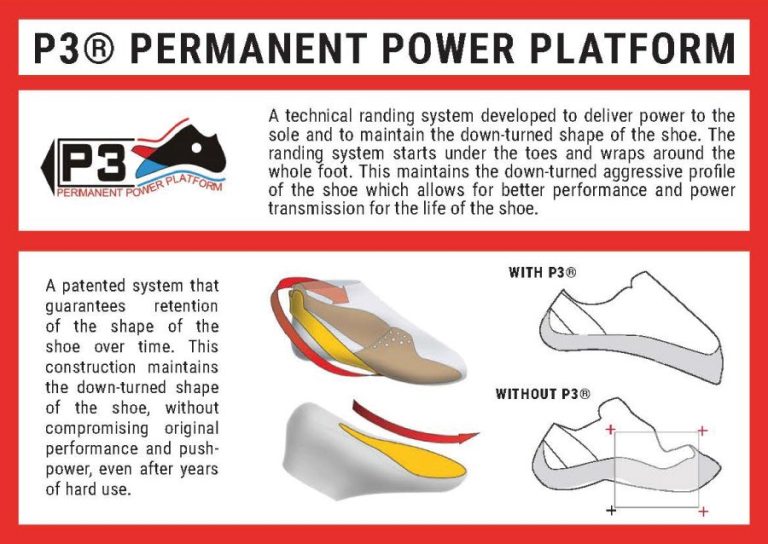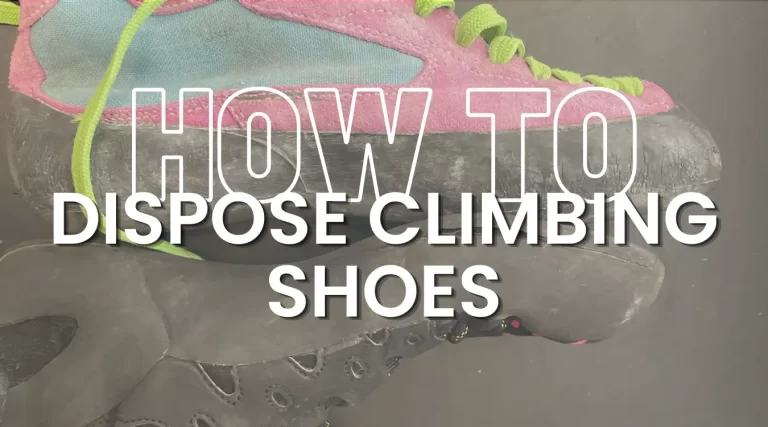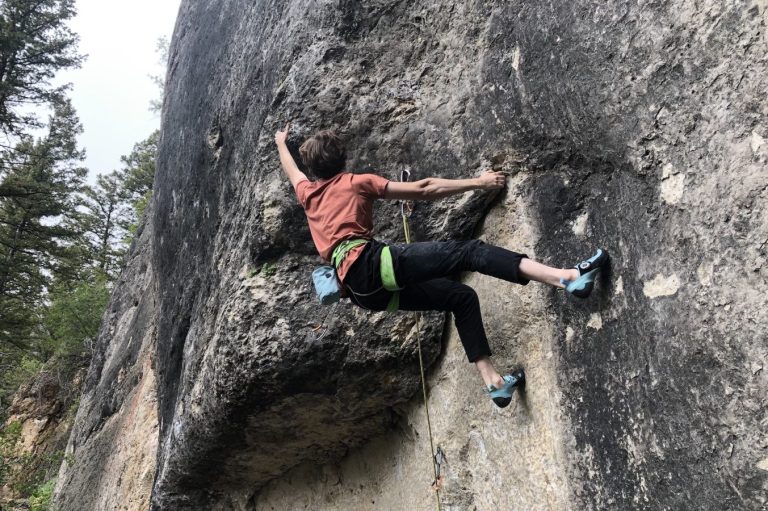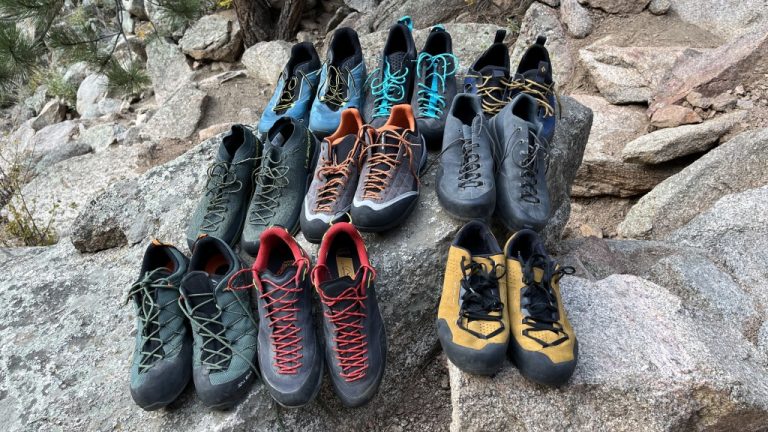How Long Do Climbing Shoes Last?
Climbing shoes are an essential tool for any climbing enthusiast, whether you’re scaling towering cliffs or conquering indoor bouldering walls. The investment in a pair of climbing shoes can range from modest to substantial, making it important to understand how to make them last. Are climbing shoes a costly hobby, or can they serve you for a decade? In this guide, we’ll delve into the intricacies of climbing shoe longevity and share valuable insights on extending their lifespan.
How Long Do Climbing Shoes Last?
If you’re a regular climber, typically hitting the rocks once or twice a week, you can expect your climbing shoes to endure around 3 to 9 months. At this juncture, the toe box often bears enough wear and tear to warrant a resole, possibly coupled with toe rand repair. Various factors influence this range, ranging from your climbing frequency to the types of rock you conquer.
However, the cycle can be prolonged if you proactively opt for resoling. A skilled resoler can breathe new life into your worn shoes, effectively resetting the clock. This means that, with timely resoling, you might find yourself holding onto the same pair for decades. In fact, tales abound of climbers sporting shoes from the 80s that are still actively in use today.
Extending the Lifespan of Climbing Shoes
Caring for your climbing shoes is akin to nurturing any valuable possession. Imagine your climbing shoes as a partner in your ascent, relying on their support and grip. The moment they start showing signs of wear, such as rand holes or compromised structure, it’s time to consider resoling. Delaying resoling might lead to increased costs and the unfortunate loss of your shoe’s distinctive shape.
While most shoes can withstand one or two resoles, it’s important to note that rand repair places additional stress on the shoe, making it a one-time endeavor. As shoes age, their materials soften and shape alters, making them perfect companions for easier climbs that require endurance. The rubber on climbing shoes can also de-laminate, but fear not; quality resolers can remedy this issue effectively.
When To Resole Climbing Shoes
Deciding when to resole your climbing shoes requires an understanding of the signs of wear. If you notice significant wear on the sole or rand, it’s time to act. Engaging with a professional resoler at this stage can restore your shoes’ grip and comfort. The variety of resoling options available, from half soles to full soles, allows you to tailor the repair to your specific needs.
Tips for Prolonging Climbing Shoes’ Life
Your footwork significantly impacts the longevity of your climbing shoes. Scratching, tapping, and scraping your shoes against the wall hastens their wear due to friction. To ensure their longevity, consider these footwork tips:
- Repositioning: Plan your foothold placement carefully to minimize unnecessary movement.
- Toe + Edges Only: Utilize primarily the big toe and the immediate edge for stability.
- Tap + Slide: Avoid this beginner’s practice of tapping and scraping against the wall, as it accelerates wear.
- No Peeking: Always look at your footholds to improve accuracy and preserve your shoes.
- Scraping Up: While forgivable, this habit should ideally be replaced with improved body positioning for balance.
Quality vs. Cheap Climbing Shoes
The old adage “you get what you pay for” holds true for climbing shoes. Quality shoes, often crafted by reputable brands like La Sportiva, Scarpa, and Tenaya, are built to last. These shoes boast precise stitching, top-notch materials, and meticulous design that account for comfort and durability. While they might come with a higher price tag, the investment can pay off through years of use and performance.
Combatting Climbing Shoe Odor
Climbing shoes are synonymous with sweat and exertion, which can lead to unpleasant odors. To prevent your shoes from being relegated to the garage, practice proper odor control:
- No Socks: Opt for a sock-free approach to avoid trapping moisture.
- Dry Thoroughly: Allow your shoes to dry completely between climbs to curb bacterial growth.
- Deodorize: Use natural deodorizers like baking soda or cedar shoe inserts to combat odor.
Climbing Shoes and Indoor Walls
Indoor climbing walls often feature textured surfaces designed to mimic outdoor rock’s grip. However, dragging your shoes across these walls can lead to rapid rubber wear. Precise footwork and focused movements can reduce friction and enhance shoe longevity, particularly with softer rubber compounds that excel on indoor walls.
Rubber Types and Lifespan
Climbing shoes’ rubber compounds influence their performance and durability. Softer rubbers, such as Vibram XS Grip 2 and Stealth Mi6, excel in smearing and indoor climbing scenarios. However, they tend to wear down faster. Stiffer rubbers like Vibram XS Edge and Trax XE shine on tiny edges and granite-like surfaces, but they might have a longer lifespan.
Climbing Shoes on Different Rock Types
Climbing shoe durability varies based on the type of rock you frequent. Softer rubbers suitable for indoor textured surfaces might require more frequent resoling. Meanwhile, harder rubbers are better equipped to handle smoother rock like granite, potentially extending the interval between resoles.
In the intricate world of climbing shoes, longevity is a combination of material quality, maintenance, and mindful footwork. By understanding these nuances, you can make an investment that lasts, whether you’re ascending crags or conquering boulders. So, go ahead and explore the heights with confidence, armed with climbing shoes that are ready for the challenge.
FAQs (Frequently Asked Questions)
- Can I use climbing shoes on different types of rock? Absolutely, but the rubber type should match the rock’s texture for optimal grip and longevity.
- How often should I inspect my climbing shoes for wear? Regularly check your shoes for signs of wear, especially after every climbing session.
- What should I do if my climbing shoes develop an odor? Ensure your shoes are well-ventilated and consider using natural deodorizers to manage odor.
- Are there specific brands known for durable climbing shoes? Brands like La Sportiva, Scarpa, and Tenaya are renowned for producing durable climbing shoes.
- Can I resole my climbing shoes more than once? Yes, most shoes can be resoled multiple times, but rand repair is typically a one-time option.
